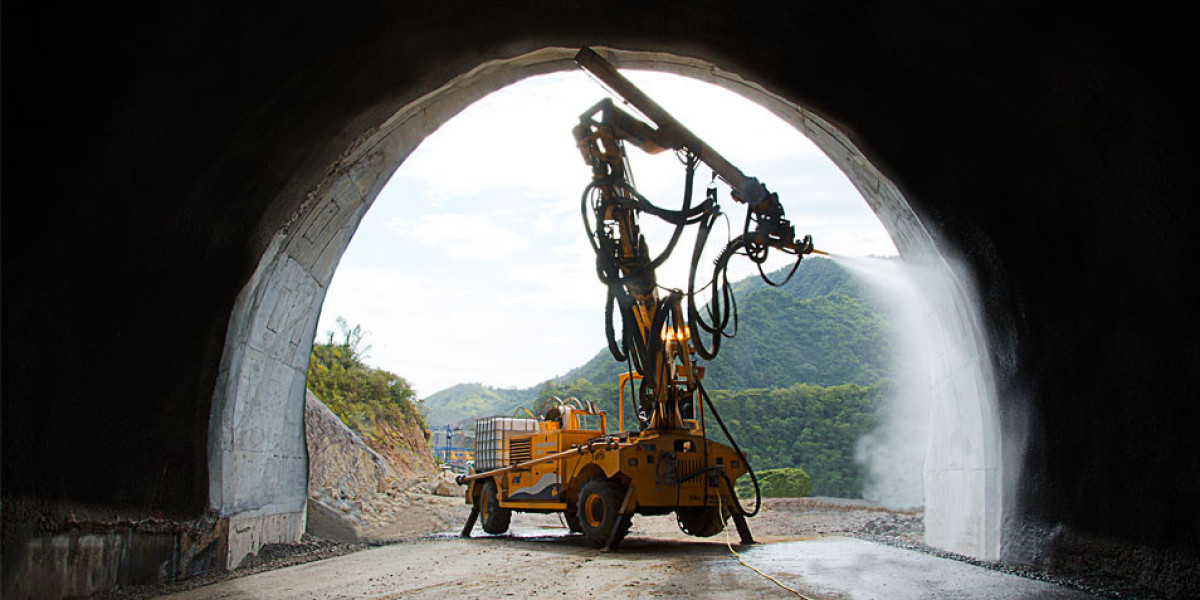When it comes to underground operations such as mining or construction, safety is the foremost priority. Tunnel guard and mine guard systems are key components in ensuring the security and stability of these environments. In this blog post, we will explore the role of these protective measures, how they work, and why they are crucial for both worker safety and the integrity of the operation.
What is a Tunnel Guard?
A tunnel guard is a type of protective system used in tunnels to prevent rockfalls, debris, or other dangerous materials from affecting workers or machinery inside. These guards are typically made from strong, durable materials such as steel mesh or netting and are installed along tunnel walls or ceilings. Tunnel guards help secure the tunnel’s integrity, ensuring that any falling rocks or debris do not pose a risk to the safety of the people inside.
What is Mine Guard?
Similar to tunnel guards, mine guards are protective measures specifically designed for mining operations, particularly in underground mines. Mine guards are used to stabilize the environment, prevent rockfalls, and protect workers from potential hazards. They are often more specialized, accounting for the specific environmental and operational risks in mines, such as the presence of loose rock, gas buildup, or water seepage.
Key Takeaways:
Tunnel Guards are designed to prevent rockfalls and protect tunnel workers from debris.
Mine Guards offer additional protection in underground mining environments, where the risks are heightened due to the unstable nature of the ground.
Both systems provide crucial safety for workers and machinery during underground operations.
Tunnel and mine guards are made from high-strength materials, such as steel mesh or flexible netting.
Advantages of Tunnel and Mine Guard Systems:
Enhanced Worker Safety: By preventing rockfalls and debris from entering the work area, both tunnel guards and mine guards reduce the risk of injury or fatalities among workers.
Increased Operational Efficiency: With fewer disruptions due to accidents or hazardous situations, mining or tunneling operations can continue smoothly and efficiently.
Protection of Equipment: These guards also help safeguard the valuable equipment inside tunnels and mines, preventing costly damage.
Regulatory Compliance: Implementing tunnel and mine guards helps ensure compliance with industry safety standards, reducing the risk of legal penalties or shutdowns.
Long-term Durability: Both tunnel and mine guards are built to withstand the harsh conditions of underground environments, offering long-term protection.
Pros and Cons:
Pros:
Prevents Rockfalls: Reduces the chance of debris or falling rocks causing harm.
Durable Materials: Made from tough, long-lasting materials, ensuring reliable protection.
Versatility: Can be tailored to different types of tunnels or mining environments.
Cost-effective: Investing in these guards is far cheaper than dealing with the aftermath of an accident.
Cons:
Installation Complexity: Setting up tunnel and mine guards can be labor-intensive and require specialized knowledge.
Maintenance Requirements: Regular checks and maintenance are needed to ensure the guards remain effective.
Initial Costs: While cost-effective in the long term, the initial investment can be substantial, especially for larger projects.
Frequently Asked Questions (FAQs):
Q1: What are tunnel guards made from?
A1: Tunnel guards are usually made from high-strength materials like steel mesh, netting, or reinforced plastic, which can withstand the pressure and weight of falling rocks or debris.
Q2: Are mine guards required by law?
A2: Yes, mine guards are often required by law, especially in regions with strict safety standards for mining operations. These guards help meet regulatory requirements to ensure worker safety.
Q3: How do tunnel and mine guards prevent injuries?
A3: Tunnel and mine guards act as barriers to catch falling debris or rocks, preventing them from reaching workers or damaging equipment. This significantly reduces the likelihood of injuries.
Q4: How often should tunnel and mine guards be inspected?
A4: Regular inspections should be conducted to ensure the guards are in good condition. Depending on the environment, checks may need to occur weekly or monthly to maintain optimal safety standards.
Q5: Can mine and tunnel guards be used in all underground environments?
A5: Yes, both tunnel and mine guards can be customized for various underground environments, from tunnels in construction projects to deep mines with unpredictable conditions.
Conclusion:
Both tunnel guard and mine guards are indispensable for ensuring safety in underground environments. With their ability to prevent accidents, reduce risks, and maintain operational flow, these protective systems provide a secure and reliable solution for tunnel workers and miners. Whether you're working in a tunnel, mine, or other subterranean areas, implementing the right guard systems is a crucial step toward achieving a safer work environment.







